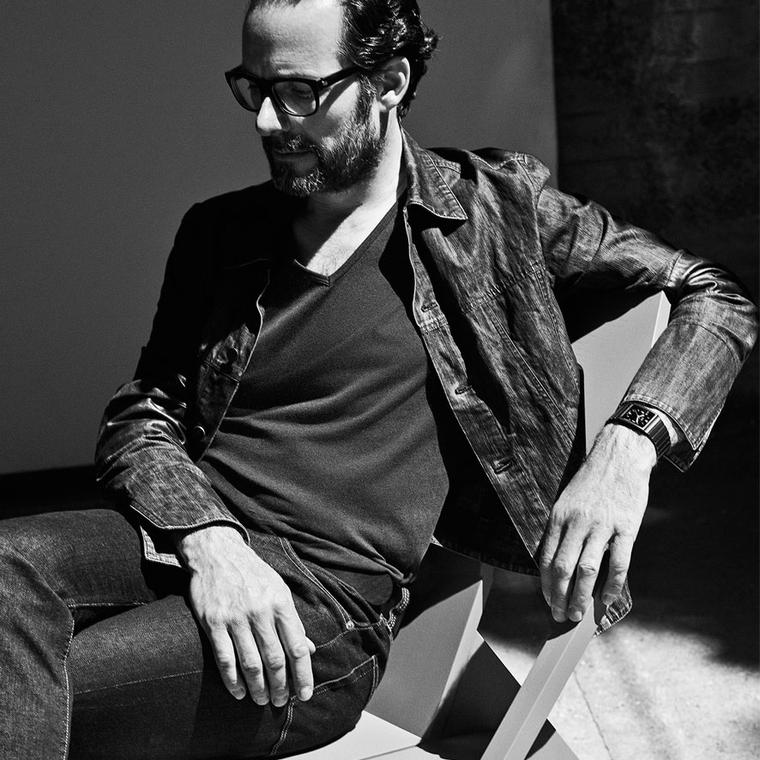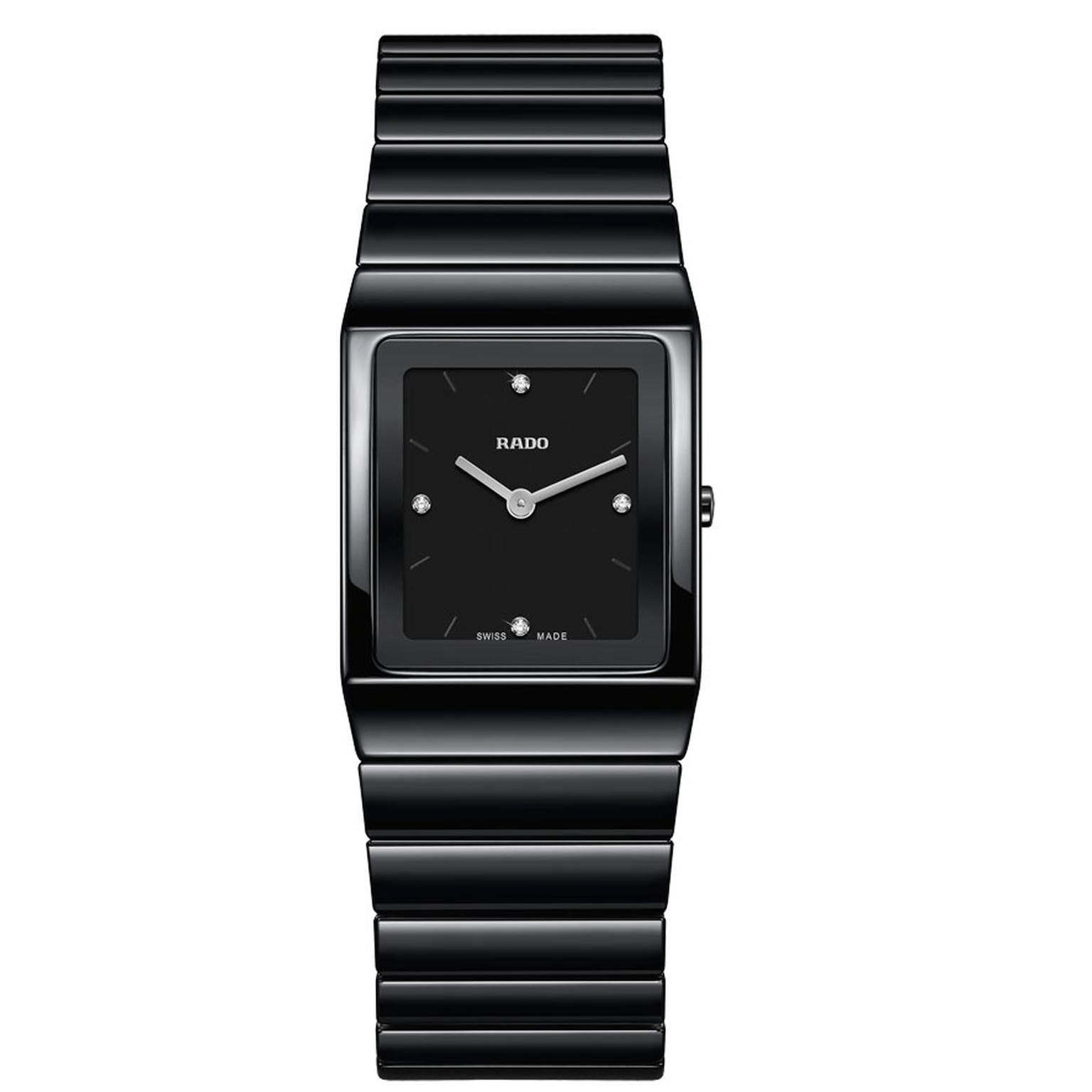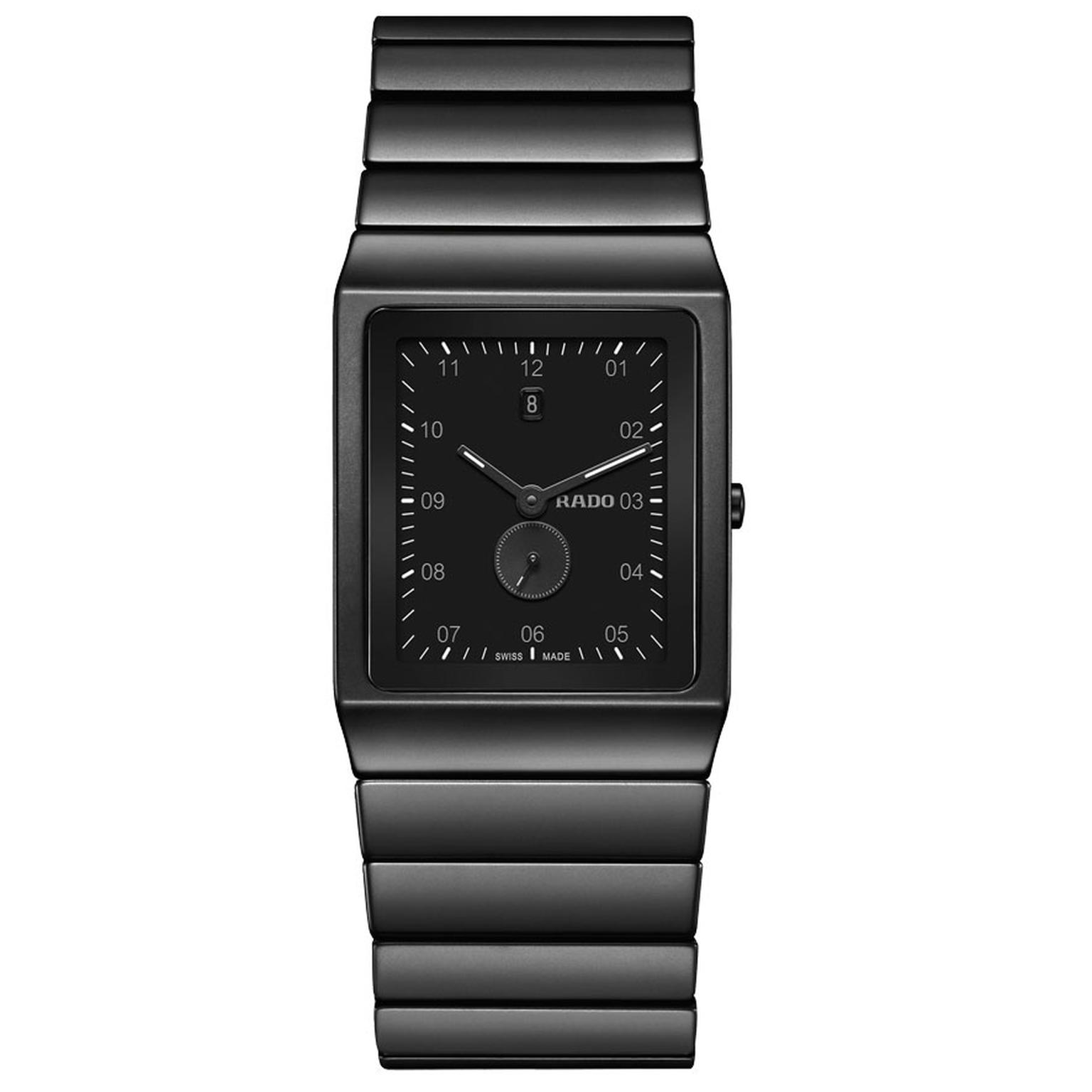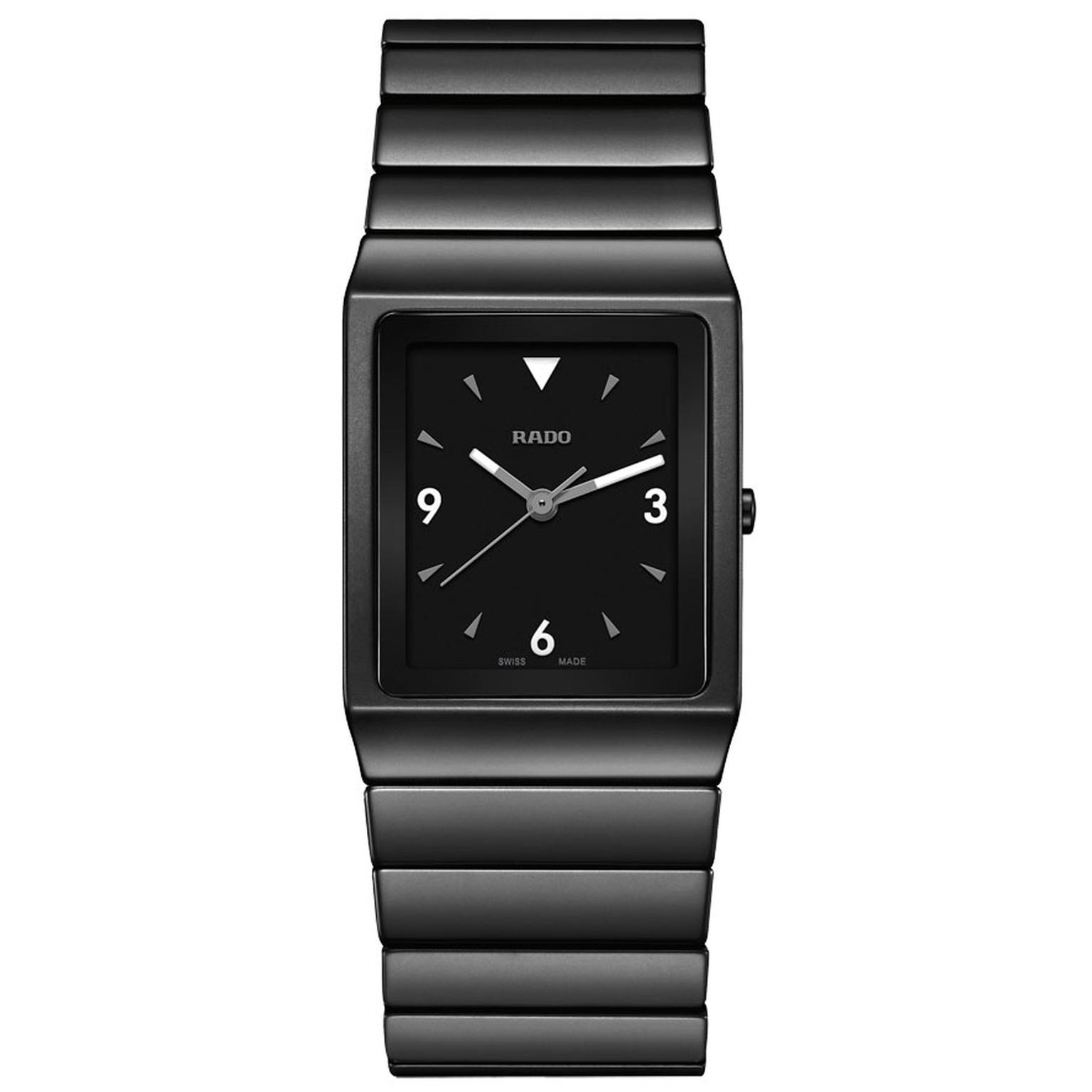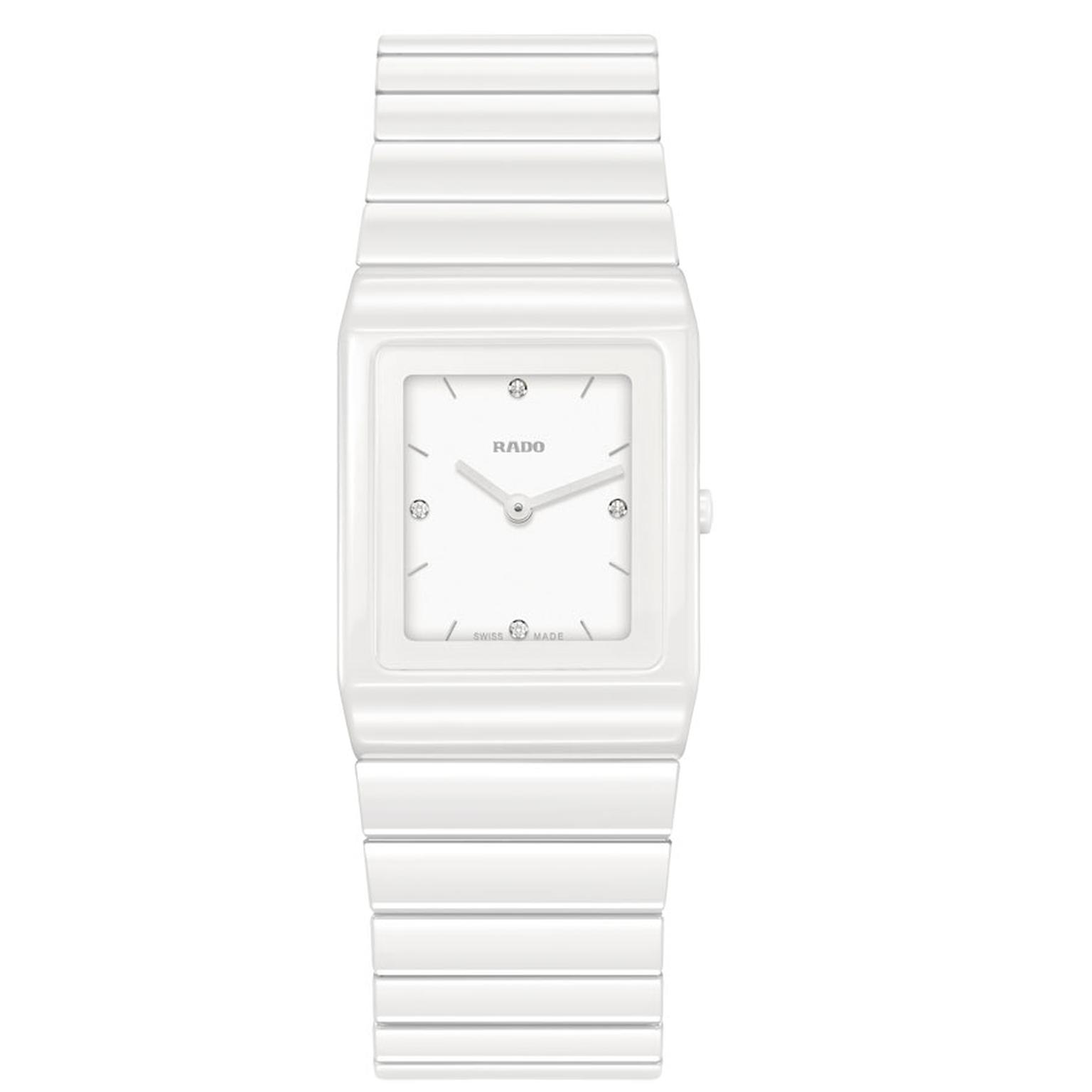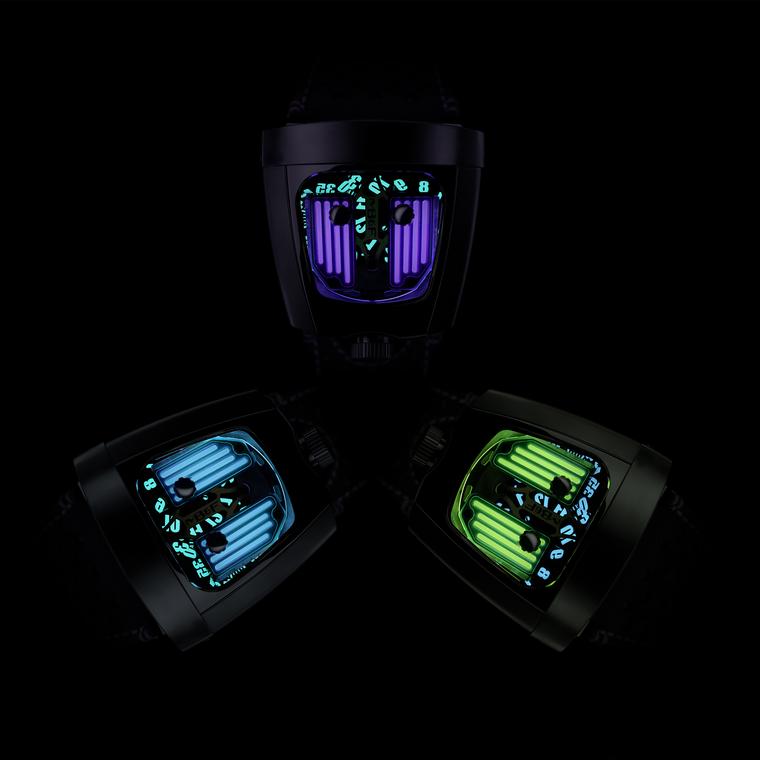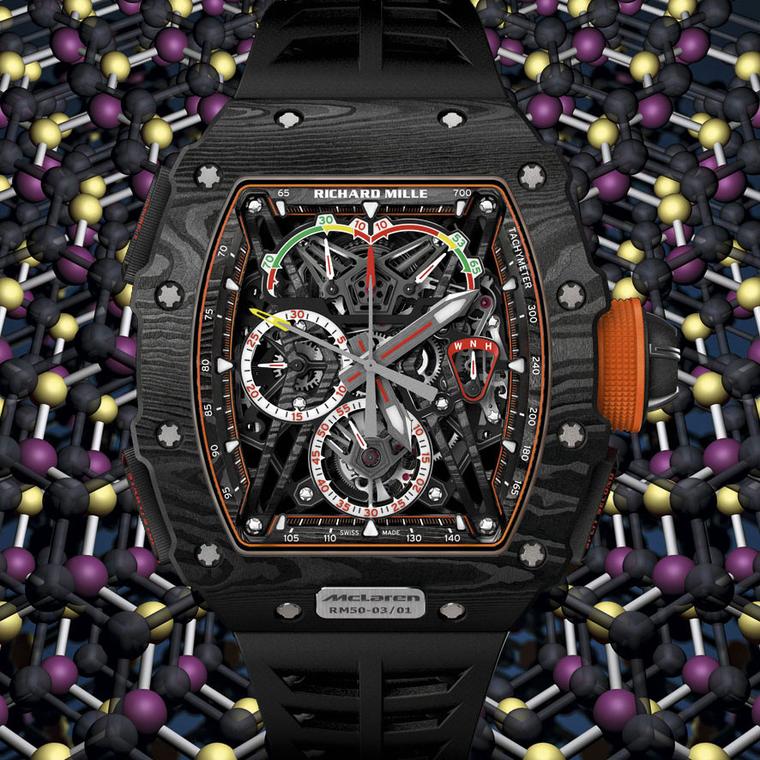
You will have noticed how a lot of Swiss watch brands are fishing in creative waters outside the confines of quiet Alpine ponds for fresh, inspiring ideas. Jaeger-LeCoultre for example, reeled in a big fish and added a much-needed dose of picante sex-appeal to its brand pairing with cult shoemaker Christian Louboutin to design a series of watch straps for the Reverso, while others like TAG Heuer have courted alliances with hip fashion figures like Iris Apfel hoping her irreverent New York vibe will rub off on the watches themselves.
For a brand like Rado, renowned for its design-focused – and award-winning - watches made from avant-garde materials like high-tech ceramic, the natural choice was to put out some bait to attract a famous industrial designer. The first big-name designer recruited by Rado was Jasper Morrison but that was in 2009 and given that design evolves as fast as fashion, it was time for a new collaboration.

For 2016, German industrial designer Konstantin Grcic was approached to refresh Rado’s Ceramica watch line. First introduced in 1990 and winner of the Red Dot award, the original Ceramica watch with its minimalist design ethos and fully integrated ceramic case and bracelet, appealed to design-conscious consumers and was responsible for putting high-tech ceramic on the watchmaking map.
It’s one thing to create something from scratch like Jasper Morrison’s R5.5 watch, but it must be pretty challenging for a designer to redesign something that is well-designed and very cool looking in the first place. As Grcic himself admits, “the original Ceramica [below] still looks pretty amazing today”.

What’s new with the Ceramica watch?
Respecting the pure geometry of the watch, Grcic decided to soften the rigid lines of the original Ceramica by tapering and rounding the edges of the ceramic links on the bracelet and case. Abandoning the original glossy ceramic of the men’s models, the new watches are decked out in a velvety matte ceramic suit which, according to Grcic “brings out the form of the watch much stronger”. The black lacquered dial has also been tweaked with bolder, more legible features along with a practical splash of luminescent material on the hands and other key elements of the dial. “I took inspiration from pilot watches – I like them for their straightforward clear graphics,” explains Grcic.
Smaller in size, the white or black high-tech ceramic of the women’s model, below, is available with a high gloss or a sleek matte finish and the option of four diamond hour markers on the dial.
Who is Konstantin Grcic?
You might not be familiar with the name, but Grcic –who studied Design at the Royal College of Art in London and had trained as a cabinet maker beforehand – is the designer behind the portable Mayday lamp made for lighting company Flos, below, as well as the award-winning MYTO and Remo chairs designed for Plank and his work forms part of permanent collections in important design museums around the work like the MoMa and Centre Pompidou.

One of the main attractions for Grcic in accepting Rado’s proposition was the chance to work with high-tech ceramic. According to Grcic, the “intelligent and economical use of material forms an important part of my understanding of good design. Ceramic is one of the most high-tech materials I know. The material is lighter than stainless steel, it has a much more pleasant temperature when you wear it, and it is scratch resistant.”
What is high-tech ceramic?
As you imagine, your average ceramic or earthenware dinner plate is not the kind of ceramic used in watches. High-tech ceramics are a world apart and are made from extremely pure non-metallic materials which are exceptionally hard and resilient to heat and scratches. Used extensively in aerospace and electronics - for example as a thermal shields on space shuttles and F1 racing cars - we have Rado to thank for introducing high-tech ceramic into the sphere of watchmaking.
High-tech ceramic is five times harder than steel but at the same time as light as aluminium, it is smooth on the surface yet incredibly resilient to scratches and heat and adapts to your body temperature almost immediately. For people with allergies take note, ceramic is chemically inert and does not alter skin chemistry making it totally hypoallergenic.
How is high-tech ceramic made?
Rado has a strong foothold in the ceramic business thanks to its very own high-tech ceramics factory tucked away in the verdant valley of Le Locle. Owned by the Swatch Group since 1983, Comadur is the main producer in Switzerland of hard materials. When I visited Comadur a couple of years ago I saw how the modern-day alchemists mixed ultra-fine zirconium-oxide powder with a colouring pigments and other top secret ingredients to create a granulated material which was then injected at high pressure into moulds and placed in a sintering oven to bake for at least 24 hours at a temperature of 1400 - 1700ºC. The infernal temperature of the oven is necessary to eliminate any porosity and harden the material; the downside is that the heat makes the ceramic shrink anywhere from 20-30% and great skill is required to ensure that all the parts shrink at the same rate. The shrunken parts were then sent to special rooms where a workforce of women manually polished the pieces with diamond instruments before being assembled and cased up with their respective movements.
It’s encouraging to see how Swiss watch brands are finally reaching out and sourcing talent from different environments and cultures. With a brand like Rado, which is relatively young in the watchmaking world, betting on designers like Jasper Morrison and Konstantin Grcic ensures that the contemporary spirit of the brand will keep ticking.








